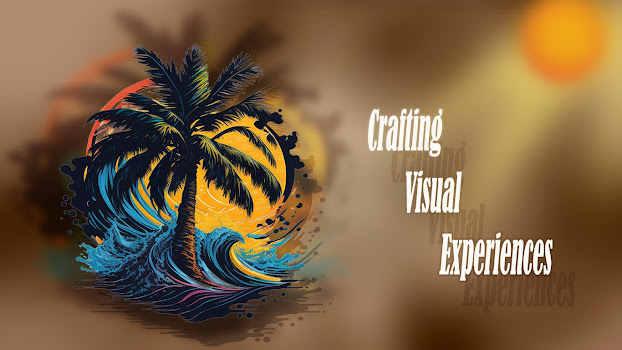The Art and Science of Graphic Design
Crafting Visual Experiences
In the realm of visual communication, graphic design stands as a powerful medium through which ideas, emotions, and messages are brought to life. From captivating logos to intricate web layouts, graphic design serves as the cornerstone of effective communication, blending artistic creativity with strategic thinking. In this blog post, we delve into the multifaceted world of graphic design, exploring its significance, principles, and impact on the modern landscape.
The Essence of Graphic Design:
At its core, graphic design is the art of visual storytelling. It involves the strategic arrangement of elements such as images, typography, colors, and layout to convey a message or evoke a specific emotion. Whether it's through print media, digital platforms, or branding materials, graphic designers have the power to shape perceptions, inspire action, and create memorable experiences.
Balancing Form and Function:
Effective graphic design seamlessly blends form and function, marrying aesthetic appeal with practical usability. While creativity fuels the design process, it is tempered by considerations such as user experience, brand identity, and communication objectives. By striking the right balance between creativity and functionality, graphic designers create designs that not only look visually appealing but also serve their intended purpose effectively.
The Role of Graphic Design in Branding:
In the competitive landscape of business, branding is essential for establishing a distinct identity and fostering consumer loyalty. Graphic design plays a pivotal role in branding by shaping visual elements such as logos, color schemes, and typography that define a brand's personality and resonate with its target audience. A well-executed brand identity not only sets a brand apart from its competitors but also creates a cohesive and memorable brand experience for consumers.
The Evolving Landscape of Digital Design:
With the advent of digital technology, graphic design has evolved to encompass a wide range of digital mediums, including websites, mobile apps, and social media platforms. Digital design presents unique opportunities and challenges for graphic designers, requiring them to adapt their skills to new technologies and design trends while maintaining a user-centric approach.
Conclusion:
In conclusion, graphic design is a dynamic and multifaceted discipline that plays a central role in shaping the visual landscape of our world. From print media to digital platforms, graphic designers wield their creative prowess to craft visual experiences that inform, inspire, and captivate audiences. As technology continues to evolve, the role of graphic design will only become more prominent, reaffirming its status as a vital force in the realm of visual communication




Comments
Post a Comment